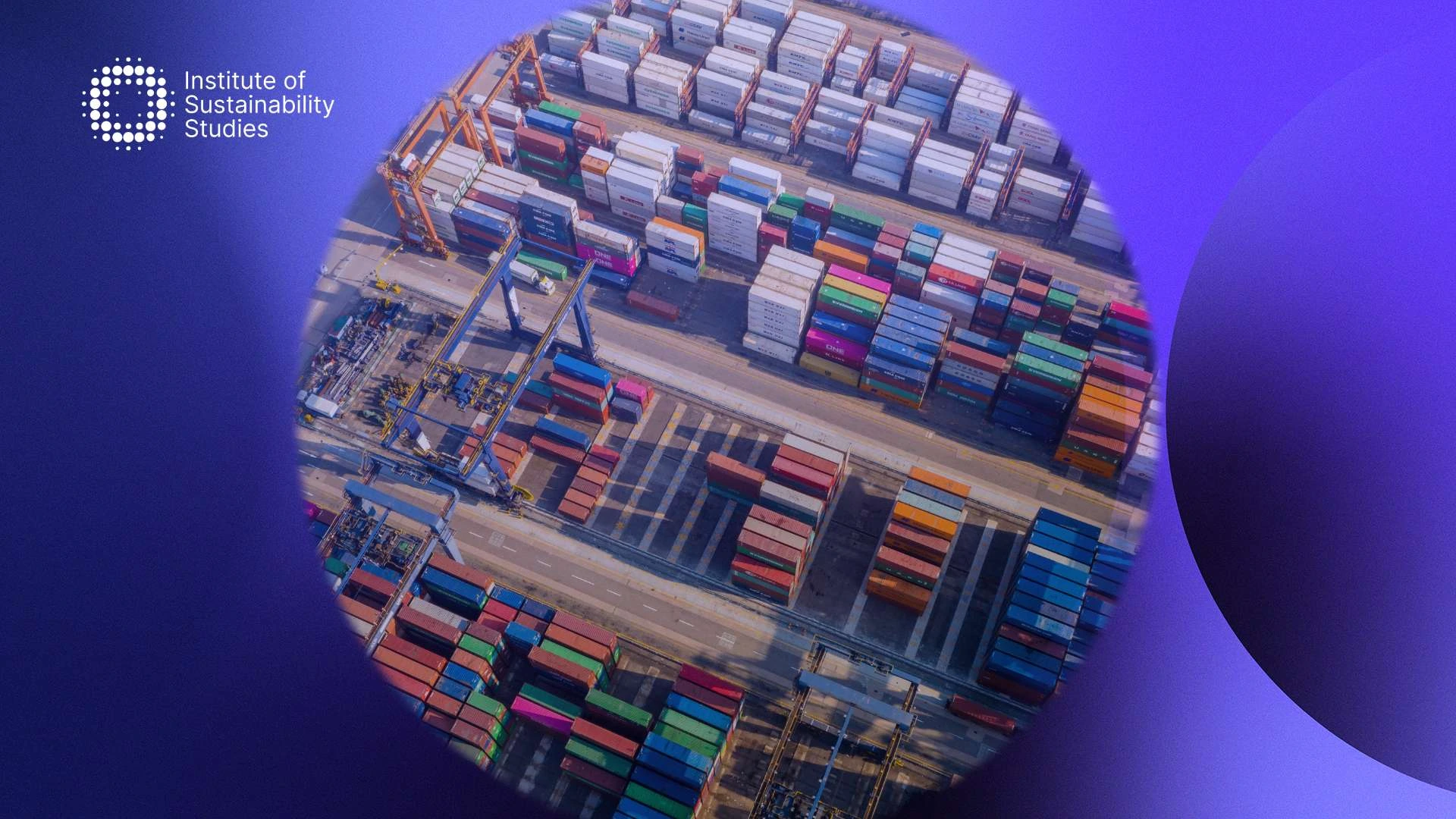McKinsey reports that the demand for carbon credits could increase by 15 times or more by 2030 and that the market could be worth upwards of $50 billion. The Kyoto Protocol of 1997 and the Paris Agreement of 2015 laid out global carbon emissions. With the latter ratified by all but six countries, they gave rise to national emissions targets and regulations were enforced to support them.
These new regulations have put pressure on businesses to quickly find ways to reduce their carbon emissions and implement them in their sustainability strategy. A majority of today’s solutions involve leveraging carbon markets. Carbon markets transform carbon emissions into a commodity by giving it a carbon price. The categorisation of the carbon trading mechanism can be split into carbon offsets or carbon credits. It is a simple idea that provides a market-based solution to a substantial issue. Keep reading as we dive further into carbon credits and highlight the different types.
What are carbon credits?
Carbon credits, or as they are sometimes known, carbon allowances, represent a certificate or permit that allows the holder to emit a certain amount of carbon dioxide. One typically corresponds to the right to emit one tonne of carbon dioxide. With carbon credits, carbon revenue flows vertically from companies to regulators. Companies who end up with excess credits can then sell them to other businesses.
Carbon credits vs carbon offsets
Both are mechanisms used to reduce emissions, but they operate in different ways and serve different purposes within carbon markets. A carbon offset refers to a reduction in greenhouse gas emissions or an increase in carbon storage that is used to compensate for emissions that occur somewhere else. This has given rise to carbon offsetting schemes which allow both companies and individuals to invest in environmental projects around the world to balance out their carbon footprints.
The projects are typically based in developing countries and most commonly are designed to reduce future emissions. Carbon credits are primarily used in compliance markets, where they are part of a regulated cap-and-trade system. By contrast, carbon offsets are generally used in voluntary markets, where businesses, organisations, or individuals can purchase the offsets to compensate for their emissions. The concept of carbon credits is to create a financial incentive for companies to reduce their emissions, whereas offsets are typically generated by projects that either reduce emissions directly or remove carbon from the atmosphere.
Who issues carbon credits?
Carbon credits are issued by a wide range of entities, tracing back to the commencement of the carbon credit system under the 1997 Kyoto Protocol. However, they can be issued by both governmental and non-governmental organisations.
For instance, one non-governmental body that issues carbon credits is the Clean Development Mechanism (CDM) under the UN. This system enables the creation and exchange of carbon credits through projects that strive to avoid or remove emissions in developing countries.
What are the different types?
Carbon credits are a mechanism that allows individuals, companies, or countries to offset their greenhouse gas emissions by investing in environmental projects that reduce or remove emissions elsewhere. There are many different types, each associated with specific activities or standards. Below are some of the main types explained.
Voluntary
These are bought and sold on the voluntary carbon market, where businesses, organisations, and individuals choose to offset their carbon emissions voluntarily, beyond any regulatory requirements.
Projects that generate voluntary carbon credits typically include reforestation, renewable energy projects, methane capture, and energy efficiency initiatives. These projects are certified by various standards, including the Verified Carbon Standard (VCS), Gold Standard and the American Carbon Registry (ACR), to ensure the emission reductions are real, measurable, and permanent.
Compliance
These credits are used within regulated or mandatory carbon markets, where governments or regulatory bodies require companies to adhere to emission limits. Companies that exceed their emissions caps must buy credits to cover the excess, while those that reduce emissions can sell their surplus credits.
Examples of compliance markets include the European Union Emissions Trading System (EU ETS), the California Cap-and-Trade Program, and the Clean Development Mechanism (CDM) under the Kyoto Protocol. Certified Emission Reductions (CERs) are a specific type of compliance carbon credit issued under the CDM, where projects in developing countries that reduce emissions can earn CERs that are tradable in compliance markets.
Reduction carbon credits
These are generated by projects that focus on reducing emissions from sources such as industrial facilities, power plants, or deforestation activities. Energy efficiency upgrades, fuel switching, and reducing deforestation and forest degradation (REDD+). These credits can be traded in both voluntary and compliance markets, depending on the certification and the regulatory framework.
Removal carbon credits
Removal carbon credits are generated by projects that actively remove carbon dioxide from the atmosphere. This type is particularly crucial for achieving net-zero emissions targets. Types of projects for these credits include afforestation and reforestation, direct air capture, and soil carbon sequestration projects. Removal credits are vital for offsetting emissions that are difficult or impossible to eliminate through reduction alone.
Avoidance carbon credits
These are generated from projects that avoid the release of greenhouse gas emissions that would have otherwise occurred. Example projects include REDD+ Projects, which prevent the release of carbon stored in trees, and renewable energy projects. However, there is ongoing debate about the permanence and additionality of avoidance credits, especially in forestry projects.
Technology-based
Technology-based carbon credits come from projects that deploy advanced technologies to capture, store, or use carbon dioxide in innovative ways. Example technologies include:
- Carbon Capture and Storage (CCS): Capturing CO2 from industrial processes and storing it underground.
- Bioenergy with Carbon Capture and Storage (BECCS): Using biomass for energy production while capturing the emitted CO2.
- Enhanced Weathering: Accelerating natural processes that absorb CO2 through the weathering of minerals.
Blue carbon credits
These credits are generated by conserving and restoring coastal and marine ecosystems, such as mangroves, seagrasses, and salt marshes, which sequester significant amounts of carbon.
Blue carbon projects not only sequester carbon but also provide co-benefits such as biodiversity conservation, protection against coastal erosion, and support for local communities.
Key Takeaways
The true effectiveness of carbon credits in reducing emissions remains uncertain, and many critics argue that they can serve as a greenwashing tool rather than a meaningful climate solution. While these credits have the potential to contribute to climate stabilisation, a significant debate surrounds their current use and effectiveness.
For example, a report by Carbon Market Watch revealed that many of these credits fail to deliver the promised environmental benefits. Furthermore, a 2023 investigation by The Guardian and Greenpeace found that a substantial portion of Verra’s REDD+ credits did not result in real or meaningful emissions reductions. The investigation highlighted that these credits were often based on inflated deforestation projections and did not lead to additional conservation efforts.
Given these concerns, it is clear that these credits are not a perfect or proven solution and can be misused by companies to appear more environmentally responsible than they are. To be truly effective, they must be part of a broader emissions reduction strategy and should never be the primary focus. Companies must also conduct thorough due diligence to ensure the quality and integrity of the credits they purchase and the projects they support.










